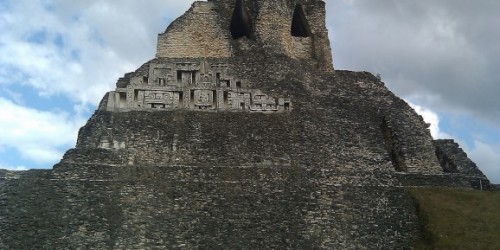Seed collecting.... well actually seed pods, Rainforest fruits, whatever might contain seeds!
The Garden staff here at the Botanic Gardens in Cairns have been doing a great job of saving things for me. Yesterday I went to pick up yet another batch and was stunned to see huge pandanus cluster that was impossible to lift virtually. These ones below however were as light as can be.
Note the seeds are actually rather small ...yet they case friction as the pod develops so that the marking is much larger than the seeds that nestle in the pods.
I will come back with the species name ... I've photographed these before and should know.
I had a lot of fun arranging them... always love the patterns to be found in nature!
the curling pod is still closed, as are the other brown pods.
Endless inspiration... I have downloaded so many seed images over the last few years...
great material for drawing. Alas... there is never enough time!
This red seed is used in jewellery making extensively. I saw two stalls at the market in town yesterday featuring these seeds. They are contained in a pod that explodes open to reveal this bright seed... and the pods themselves curl up into a tangled mess with the seeds curiously often still attached and exposed.
The image below comes from WIKI: Adenanthera pavonina

From Wiki:
Its beads has long been a symbol of love in China, and its name in Chinese is xiang si dou (Chinese: 相思豆), or "mutual love bean". This tree is useful for nitrogen fixation, and it is often cultivated for forage, as a medicinal plant, and as an ornamental garden plant and urban tree. The beauty of the seeds, their use as beads and for necklace, and their nourishing qualities (the raw seeds are toxic but can be eaten when cooked), have combined to scatter the plant. E. J. H. Corner states that in India, the seeds have been used as far back as history records as units of weight for fine measures, of gold for instance.[1] The Malay name for the tree, saga, has been traced to the Arabic for 'goldsmith'.
The small, yellowish flower grows in dense drooping rat-tail flower heads, almost like catkins. The curved hanging pods, with a bulge opposite each seed, split open each into two twisted halves to reveal the hard, scarlet seeds. The young leaves can be cooked and eaten. The wood, which is extremely hard, is used in boat-building, making furniture and for firewood.
This tree is used for making soap, [2] and a red dye can be obtained from the wood.
High doses of the seed extract show an anti-inflammatory effect in studies in rats and mice.[3]
[edit]
I recall Jason Halford at Brisbane Botanic Gardens talking about various species that explode open when the temperature/conditions have reached a certain point. It must be something to witness a plant in this process.
So many seeds are well hidden under foliage... walking through gardens or wild habitat requires a keen eye very often!
I've tried to keep my diary current... when documenting one realises how full a day can be. I have really made a point of photographing the growing collection as soon as possible as some of the fruits deteriorate rather quickly!




































